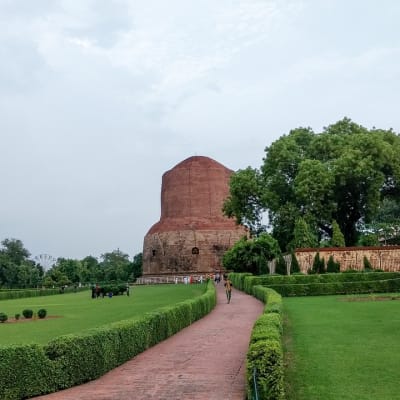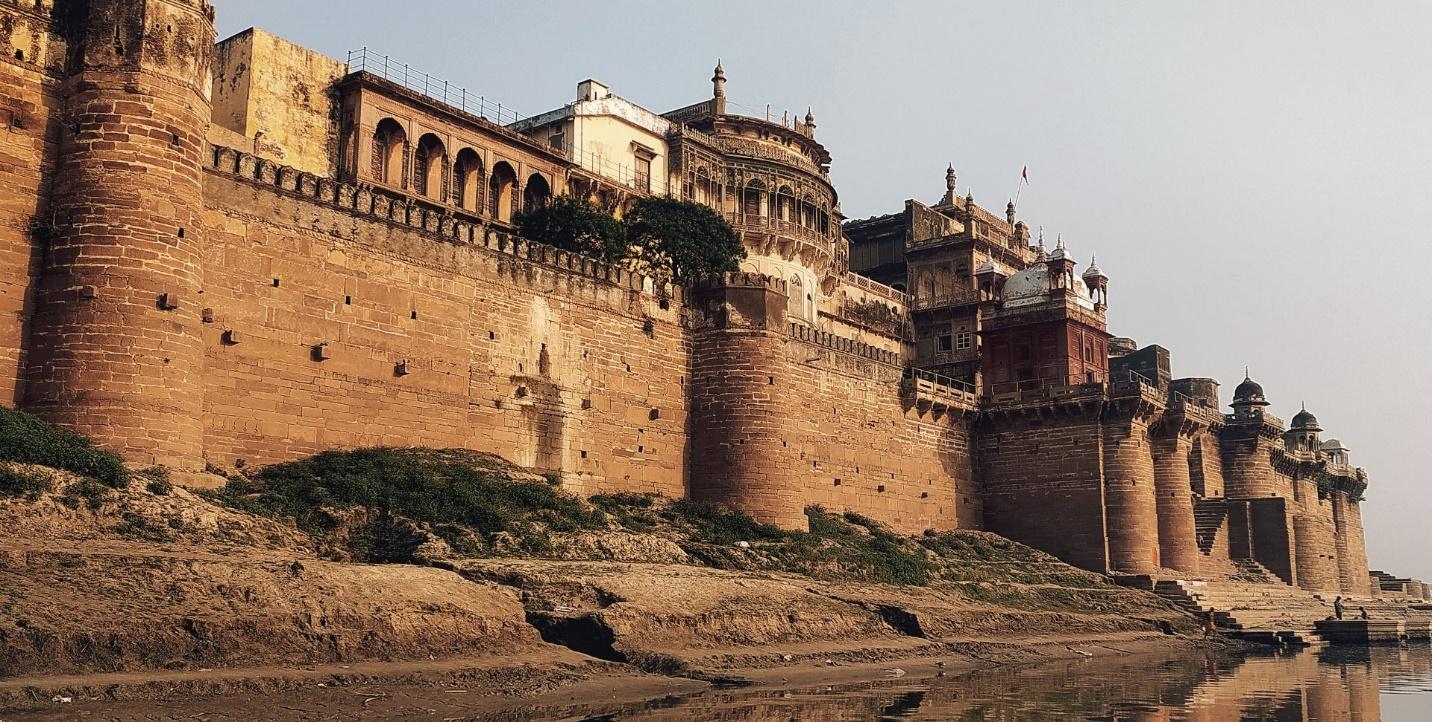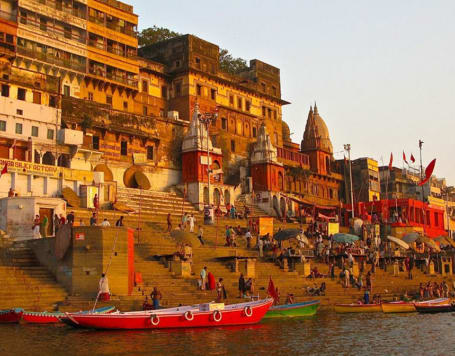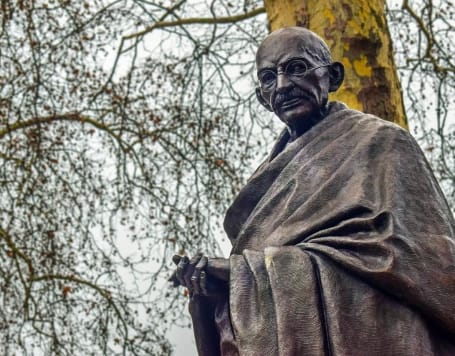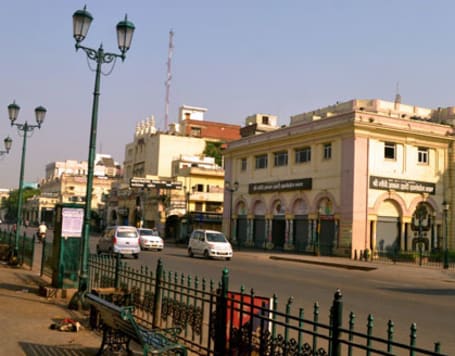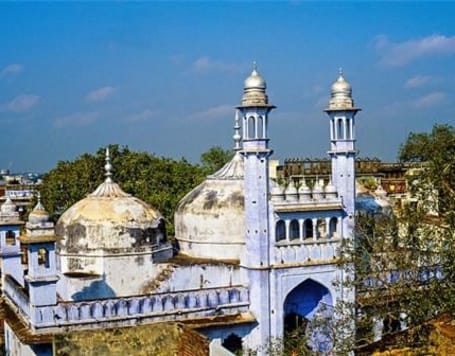Sarnath is a renowned historical and religious site, and it holds immense significance for Buddhists as it is the place where Gautama Buddha, the founder of Buddhism, delivered his first sermon after attaining enlightenment. Also known as Isipatana, Sarnath is considered one of the four holiest Buddhist sites, along with Bodh Gaya, Lumbini, and Kushinagar.
Historically, Sarnath has a rich past that predates Buddhism. It was an important center of learning and spiritual practice in ancient India. According to Buddhist texts, around 500 BCE, after achieving enlightenment in Bodh Gaya, Buddha traveled to Sarnath to share his teachings with his five former companions, forming the first Buddhist monastic community known as Sangha.
Sarnath reached its zenith during the reign of Emperor Ashoka in the 3rd century BCE. Ashoka, a devout Buddhist, visited Sarnath and constructed numerous stupas, monasteries, and pillars with inscriptions. The famous Ashoka Pillar at Sarnath still stands today, bearing the emblem of the Lion Capital, which has become the national emblem of India.
The main attractions in Sarnath include the Dhamek Stupa, an impressive cylindrical structure built to commemorate Buddha's first sermon. The Archaeological Museum in Sarnath is renowned for its collection of Buddhist artifacts, including sculptures, relics, and ancient manuscripts. It offers valuable insights into the rich cultural and artistic heritage of the region.
Sarnath stands as a testament to the profound impact of Buddhism and serves as a
spiritual sanctuary where visitors can connect with the teachings and legacy of Gautama Buddha.
Its historical and religious importance, combined with its architectural splendor, makes it a mustvisit destination for those interested in exploring India's rich cultural heritage.



